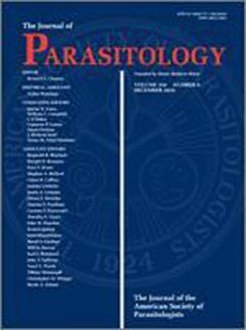Counting oocysts in feces or litter is 1 method to monitor infection levels with Eimeria spp. in chickens after experimental infection or in commercial flocks. Counts of oocysts shed in the feces are thought to follow a typical pattern, with clear peaks representing infection cycles while oocyst counts in litter are representative for at least 2 wk before they begin to deteriorate. The objective of the study was to compare oocyst counts in fresh feces and litter of broilers kept in floor pens with fresh pine shavings as litter material for 42 days. The birds were spray-vaccinated against coccidia in the hatchery. Every 2 to 3 days, 7 pens were sampled by collecting fresh feces and litter from at least 3 locations per pen. Oocysts were counted using a McMaster chamber (Vetslides, Park City, Utah). There were significant differences between pens in oocyst counts in feces as well as in litter, and there were no obvious shedding patterns. Overall, the geometric mean of oocyst counts on day 8 and later was 1,300 oocysts per gram (opg) in feces and 2,700 opg in litter. The variability was lower in litter samples, and the number of pens required to find significant differences between groups in a hypothetical experiment was unrealistically high on most days. Investigating individual fecal samples showed large differences within the pens in addition to the differences between the pens.
How to translate text using browser tools
16 November 2021
Detection of Coccidia Oocysts in Litter and Feces of Broilers in a Floor Pen Trial
Rüdiger Hauck,
Wilmer J. Pacheco
ACCESS THE FULL ARTICLE
experimental infection
necrotic enteritis
statistical power






